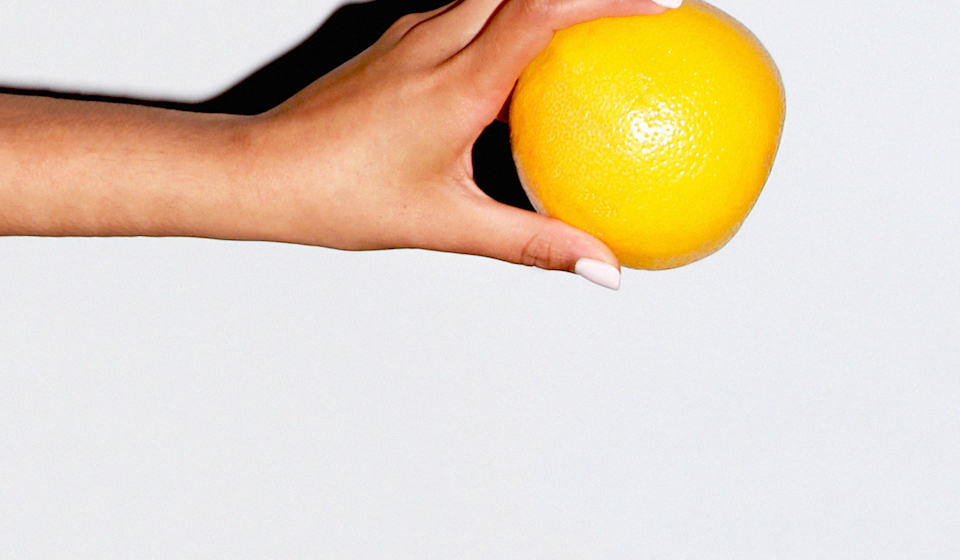‘Tis the season for long TSA lines, connecting flights, and traffic-filled road trips—all in the name, of course, of family gatherings and general merriment. But while the destination is always worth the travel-related headaches, take it from us: One of the best ways to make it all feel a bit more manageable (and keep stress to a minimum) is to prioritize your wellness while in transit—and even after making the trip.
So what does that look like? Consider the travel tips below.
If you’re flying, make hydration (and moisturizing) even more of a priority.
Did you remember to stash a reusable water bottle in your carry-on? We probably don’t need to remind you that drinking enough water is important no matter where you are. But the air in planes is particularly dry: While the humidity in most standard homes, for example, is well over 30 percent, planes usually clock in around 20 percent. The World Health Organization notes that while this can aggravate dry skin and cause discomfort in your mouth and throat (1), there’s no indication that low humidity can aggravate dehydration. That said: The organization does advise being wary of drinks that have a diuretic effect, like coffee. (And even if it isn’t necessary, remembering to hydrate with more H2O isn’t a bad idea.)*
Be wary of airport snacks. (In fact, consider packing your own.)
Even if your options are fairly limited, try to steer clear of any empty calorie treats: That is, items like soda and candy that are high in calories but offer virtually no nutritional content, says Mastaneh Sharafi, PhD, RD, our resident nutritionist and Sebior Director of Scientific Affairs.*
Her snack of choice? “I always pack healthy snacks like nuts and dried fruits,” she says. (Pro tip: In a pinch, usually airport newsstands offer bags of nuts and trail mix.)








